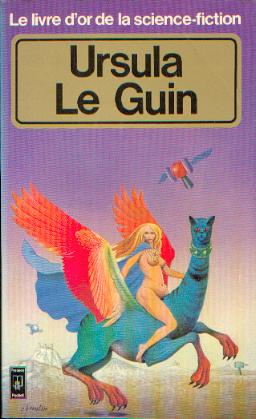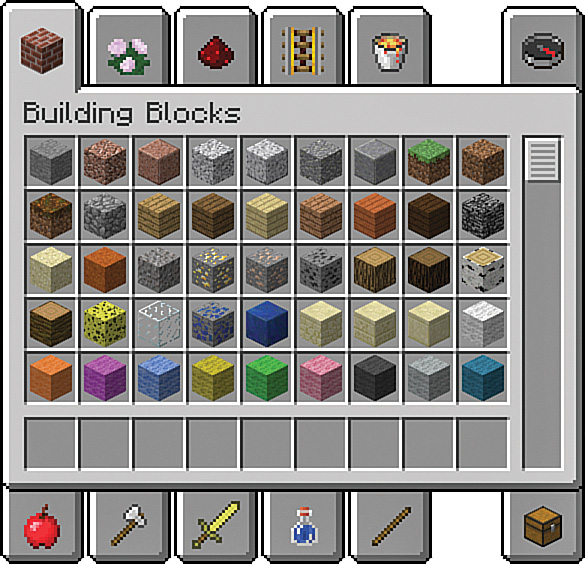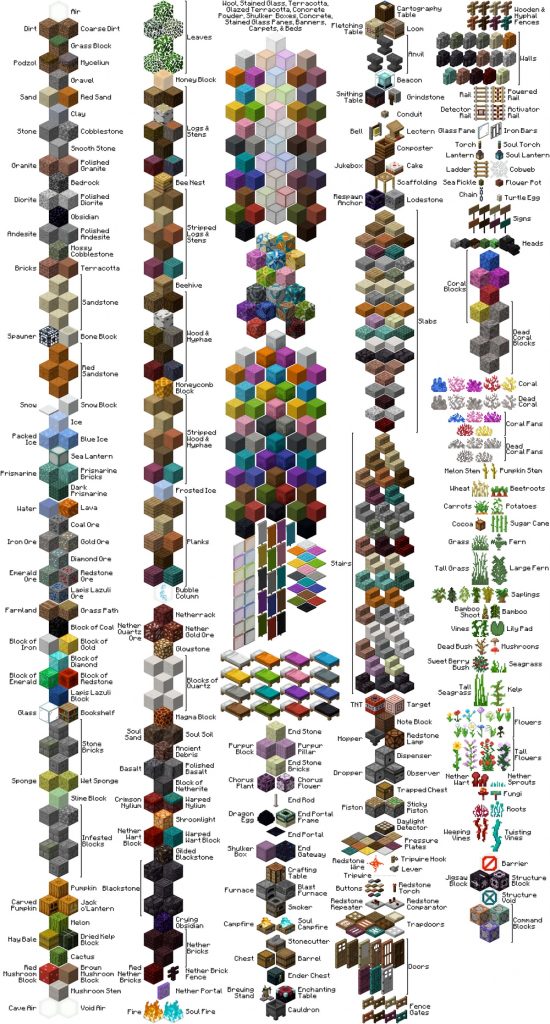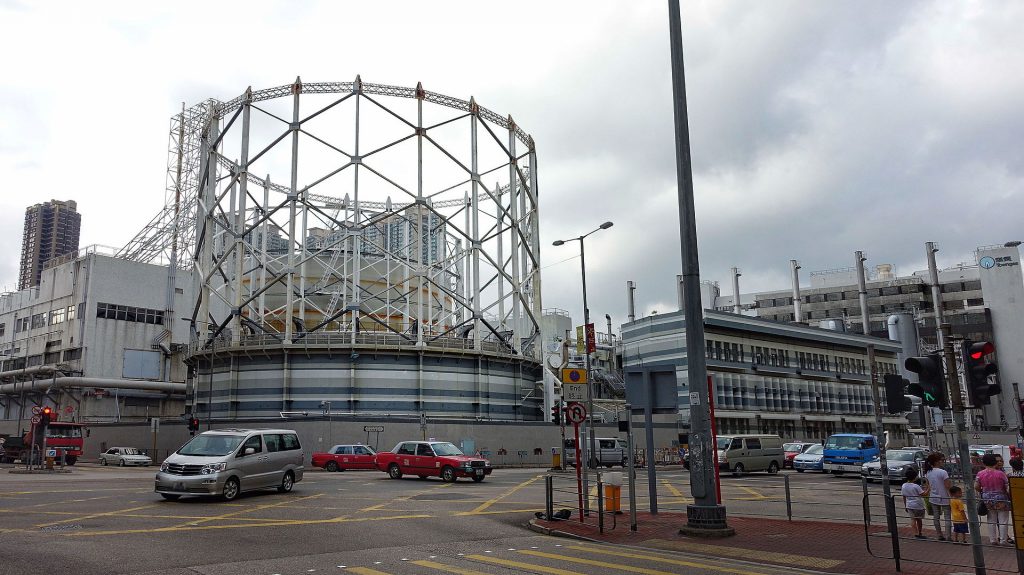
Research into the subterranean reminded me of Ursula K. Le Guin’s sci-fi short story, “Semley’s Necklace” (1963). In the story, a highborn woman goes in search of an heirloom and is instructed to embark on a journey that will last “only one long night.” Upon returning with the heirloom from only a two-day journey, she discovers nine years have elapsed on her home planet. The story borrows from Nordic mythology and utilizes the concept of time dilation.
The subterranean often represents the collective past of our species’ earthbound existence, which has manifested into the the most recent geological age of the Anthropocene. Yet outer space has always and continues to be considered humanity’s final frontier, associated with things hopeful and futuristic. Le Guin shows these narratives are not at odds with each other and adeptly weaves them in an alternative reality where a being from the equivalent of our historical past is thrust into our prospective future in such a way that the two realities not only coexist mutually but are able to inform one another.
—–
“Can we go soon on this journey? I would not stay long away from my home.”
“Yes. Soon.” Again the gray lips widened as he stared up into her face.
What was done in those next hours Semley could not have retold; it was all haste, jumble, noise, strangeness. While she held her steed’s head a dayman stuck a long needle into the golden-striped haunch. She nearly cried out at the sight, but her steed merely twitched and then, purring, fell asleep. He was carried off by a group of Clayfolk who clearly had to summon up their courage to touch his warm fur. Later on she had to see a needle driven into her own arm—perhaps to test her courage, she thought, for it did not seem to make her sleep; though she was not quite sure. There were times she had to travel in the rail-carts, passing iron doors and vaulted caverns by the hundred and hundred; once the rail-cart ran through a cavern that stretched off on either hand measureless into the dark, and all that darkness was full of great flocks of herilor. She could hear then: cooing, husky calls, and glimpse the flocks in the front-lights of the cart; then she saw some more clearly in the white light, and saw that they were all wingless, and all blind. At that she shut her eyes. But there were more tunnels to go through, and always more caverns, more gray lumpy bodies and fierce faces and booming boasting voices, until at last they led her suddenly out into the open air. It was full night; she raised her eyes joyfully to the stars and the single moon shining, little Heliki brightening in the west. But the Clay-folk were all about her still, making her climb now into some new kind of cart or cave, she did not know which. It was small, full of little blinking lights like rushlights, very narrow and shining after the great dank caverns and the starlit night. Now another needle was stuck in her, and they told her she would have to be tied down in a sort of flat chair, tied down head and hand and foot. “I will not,” said Semley.
But when she saw that the four daymen who were to be her guides let themselves be tied down first, she submitted. The others left. There was a roaring sound, and a long silence; a great weight that could not be seen pressed upon her. Then there was no weight; no sound; nothing at all.
“Am I dead?” asked Semley.
“Oh no, Lady,” said a voice she did not like.
Opening her eyes, she saw the white face bent over her, the wide lips pulled back, the eyes like little stones. Her bonds had fallen away from her, and she leaped up. She was weightless, bodiless; she felt herself only a gust of of terror on the wind.


